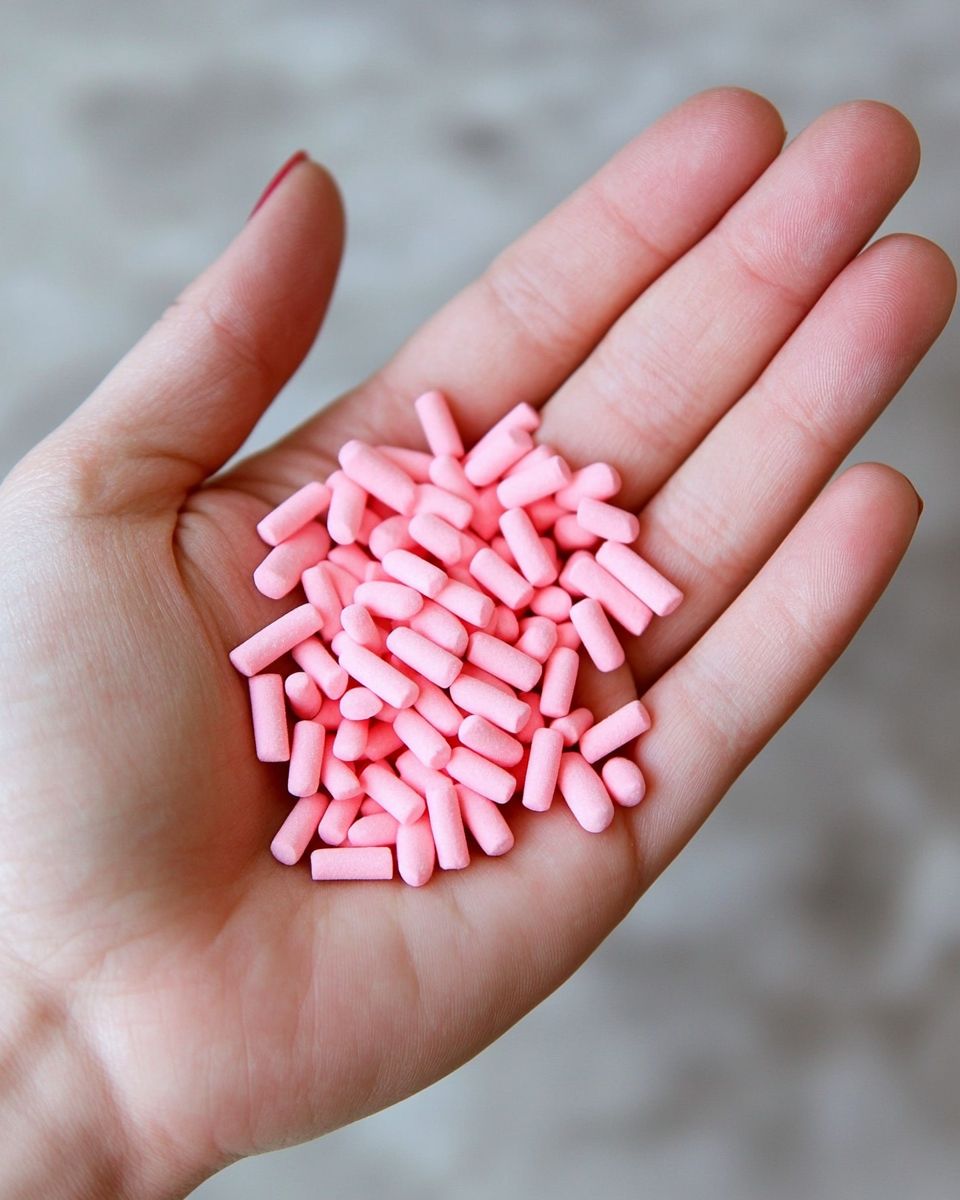Found some strange pink, chalk-like pellets in my yard. No smell, very light. I have pets and a baby. Know what they are? Should I be concerned?
Georgia Lynn
Contributing Writer
Print this recipe
Finding unusual objects in your yard can be concerning, especially when you have pets and children. Recently, some homeowners have reported discovering strange pink, chalk-like pellets scattered around their property. These pellets are light and odorless, raising questions about their origin and potential risks. This article aims to explore what these pellets might be, whether they pose a threat to your family and pets, and what steps you should take if you encounter them.
Understanding the Characteristics of the Pink Pellets
The pink pellets in question are typically small, cylindrical, and have a chalky texture. Their bright color is often a key characteristic that makes them stand out against the natural backdrop of a yard. While they may seem harmless at first glance, their presence can be indicative of something more concerning, particularly if they are found in areas frequented by pets or children.
What is Brodifacoum: The Active Ingredient in Rodent Poison
Brodifacoum is a potent anticoagulant rodenticide commonly used to control rodent populations. It works by preventing blood clotting, leading to internal bleeding and eventually death in rodents. This substance is often formulated into pellets, which are designed to attract rodents. Unfortunately, these pellets can also pose significant risks to non-target animals and humans if ingested.
Why Are the Pellets Pink: The Purpose of Coloration
The bright pink coloration of these pellets serves a dual purpose. Firstly, it acts as a visual deterrent to humans and larger animals, signaling that the substance is not food. Secondly, the color helps in identifying the pellets as a commercial rodenticide, making it easier for pest control professionals and homeowners to recognize and handle them appropriately.
How Rodent Pellets Are Used: Application and Safety Measures
Rodent pellets are typically used in areas where rodent activity is prevalent. They are placed in bait stations or scattered in locations where rodents are likely to travel. Safety measures include placing the pellets in areas inaccessible to pets and children and using tamper-resistant bait stations. Proper handling and storage are crucial to prevent accidental ingestion by non-target species.
Potential Risks to Pets and Children: What You Need to Know

